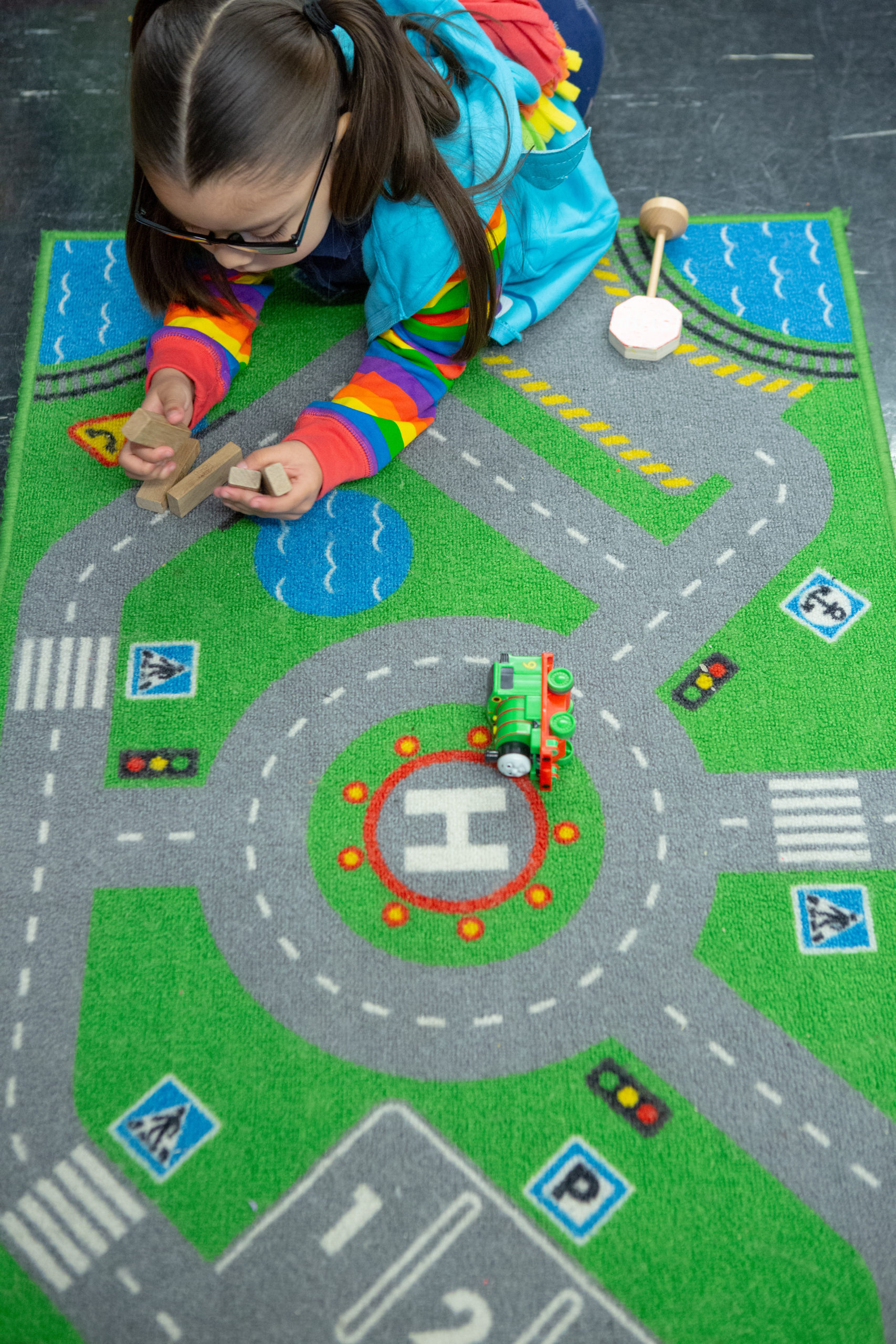
“The National Education Association (NEA) states that ‘Community Schools embody how education should function in a healthy democracy – they’re public schools that provide services and support which fit each neighborhood’s needs, created and run by the people who know our children best – families, educators, community organizations, local governments, and the students themselves – all working together.’
The Community School Model operates based on six guiding pillars and is meant to be adapted to meet the individual needs of every school community. The six pillars are:
-
Strong and proven curriculum: Students have a challenging, comprehensive and culturally relevant curriculum that addresses their learning needs and expands their experience. Community schools also offer adult education classes designed according to the needs and interests of parents, families and community members.
-
High quality teaching: Classes are taught by certified teachers who are able to collaborate with their colleagues and are fully supported to develop and carry out high quality instruction. Instruction emphasizes learning over preparation for standardized tests.
-
Inclusive leadership: The responsibility of school operations and strategic planning is shared by school administrators, teachers, support staff, families, students and community members
-
Positive Behavior Practices: Behavioral issues are addressed through restorative practices that allow students to learn from, take accountability for, and make amends for their mistakes. These practices include things like peer mediation and community service
-
Family and community partnerships: The strengths of families and surrounding neighborhoods are recognized and celebrated. Families and community members are provided with a multitude of opportunities to become involved and partner with schools.
-
Community Support Services: Schools serve as centers of their neighborhoods providing social services, activities and supports based on the needs and assets of the community
Community Schools have a proven track record of success in communities just like ours- low-income, communities of color. Community schools have higher rates of attendance, more family involvement, lower rates of suspensions and, despite placing less importance on testing, higher standardized test scores. A 2017 study by the Learning Policy Institute found that well-implemented Community Schools improve student and school outcomes and help meet the needs of struggling students.
Implementing the Community Schools model in San Antonio ISD is one of my top priorities as a school board member. I believe in the power and potential of our public schools as places where all of us can come together to work to create a present and a future that is worthy of our young people. Across the country, Community Schools are realizing this power and potential and it’s time for our school district to do the same.”
Read the full post here.